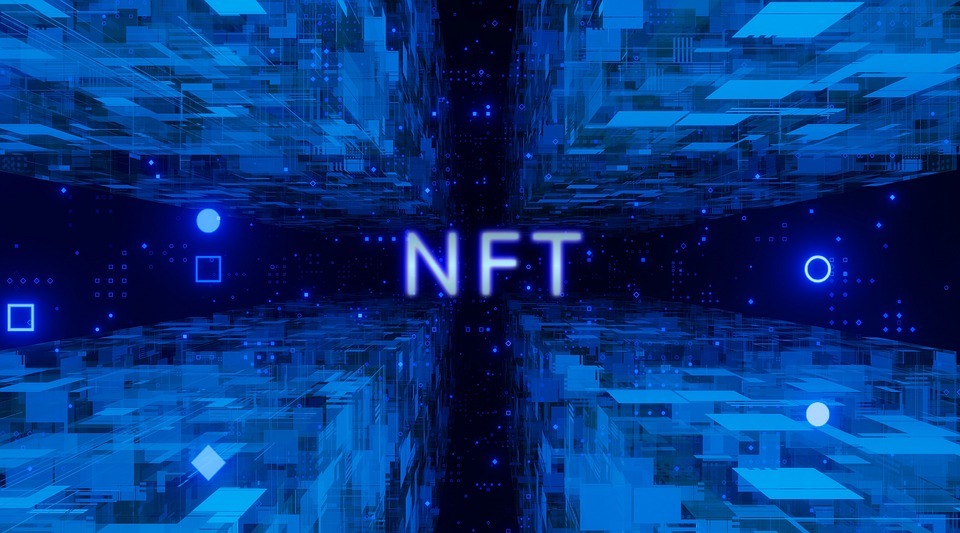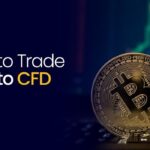The advent of Non-Fungible Tokens (NFTs) has revolutionized the way we perceive and interact with digital assets. NFTs represent unique items that can be bought, sold, and traded on blockchain-based platforms known as NFT marketplaces.
In this article, we will delve into the world of NFT marketplaces, exploring their key features, popular platforms, and the implications they hold for artists, collectors, and the wider digital ecosystem.
Evolution of NFT Marketplaces:
NFTs and their associated marketplaces have witnessed an extraordinary evolution in recent years. Born out of the convergence of blockchain technology and digital art, NFTs have disrupted traditional notions of ownership and provenance.
Their rise to prominence can be attributed to landmark events such as the sale of “Everydays: The First 5000 Days” by Beeple at a staggering $69.3 million, drawing global attention to the potential of NFTs as collectibles and investments.
Key Features of NFT Marketplaces:
NFT marketplaces offer several distinct features that set them apart from traditional art markets. One such feature is the ability to establish immutable ownership and verify the provenance of digital assets.
Through the integration of blockchain technology, buyers can have confidence in the authenticity and scarcity of NFTs. Additionally, smart contracts embedded within NFTs enable artists and creators to receive royalties each time their work is sold, facilitating ongoing revenue streams.
Popular NFT Marketplaces:
The NFT landscape is populated by numerous marketplaces, each catering to different audiences and artistic mediums. OpenSea, the largest and most widely known marketplace, offers a vast array of NFTs spanning art, gaming items, and virtual land. Rarible, on the other hand, distinguishes itself by allowing users to create and sell their own NFTs with relative ease.
SuperRare focuses on high-end digital art, emphasizing limited editions and curatorial quality. These platforms exemplify the diverse range of options available to artists and collectors.
NFT Marketplace Ecosystem:
Beyond the artists and collectors, NFT marketplaces have spawned an entire ecosystem of supporting actors. Artists, long burdened by the gatekeeping nature of traditional art institutions, can now directly connect with their audience, bypassing intermediaries. Platforms, galleries, and curators have emerged as influential figures in promoting and curating NFT collections.
Additionally, collectors and investors have found new opportunities to diversify their portfolios and actively participate in the art world.
Challenges and Concerns:
As NFTs gain mainstream attention, several challenges and concerns have come to the forefront. Environmental impact has been a notable concern due to the energy-intensive nature of blockchain networks. Ethereum, the most popular blockchain for NFTs, has been criticized for its high gas fees and scalability issues, impeding accessibility for creators and buyers alike.
Moreover, questions surrounding intellectual property rights and copyright infringement have arisen, necessitating further legal and regulatory frameworks.

NFTs Beyond Art:
While NFTs have primarily gained recognition within the art world, their potential reaches far beyond. The gaming industry has embraced NFTs, allowing players to own and trade in-game assets securely. The music industry has witnessed the tokenization of albums, offering fans unique experiences and access to exclusive content.
Even real estate has explored the application of NFTs, providing fractional ownership and streamlining property transactions. The versatility of NFTs paves the way for innovative use cases across various sectors.
Future Outlook:
The future of NFT marketplaces appears promising, albeit with challenges to overcome. As the technology matures, scalability solutions are being actively pursued to address network congestion and reduce transaction costs. Regulatory frameworks are also being developed to protect creators and


